Global warming has knowledge of social classes: the poor are first burned
- With the heat of the summer of 2018, the entire northern hemisphere has become more aware of climate change. Without the noise of typhoons or floods, big heaters can be as destructive as they are. However, as in most things, the heat attack will not affect those who can get cold as much as those who cannot cool. In cities that need air conditioning, within an increasingly urban humanity, the poorest and most isolated people and neighborhoods run the risk of cracking like a boiler.
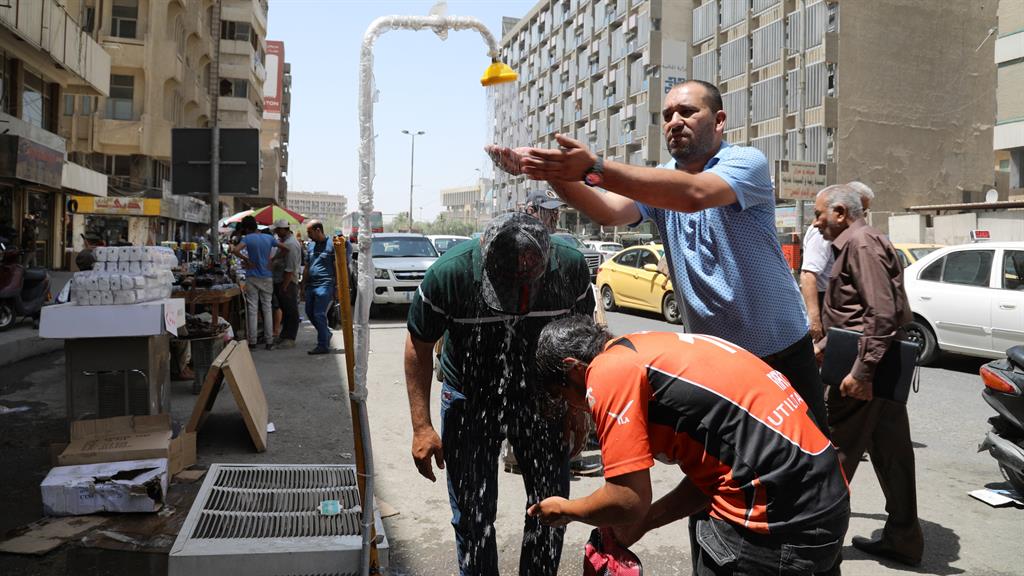
The year 2018 will be marked as one of the hottest in history so far. Thermometers have beaten records in all cases during the months of July and August. Beyond the impressive images of melting glaciers, burned Nordic forests and the asphalt that the sun melted as on Australian roads, the Guardian newspaper has dedicated a series of chronicles and analyses to the consequences of the proliferation of heating on the cities of the world.
“Water in the middle of boiling: the city at 50ºC,” wrote Jonathan Watts and Elle Hunt. Imagine the lifestyle of a city at that temperature. Deserts like the streets the parks, nobody dares to leave when the sun rises, the inhabitants start to appear at night, when the darkness calms a little...
Silent school backyards, holding students inside, at the hottest hours, it's forbidden to work outside. “The only people who show up are those who don’t have air conditioning, who can’t escape the heat: poor, homeless, paperless workers. Society is divided between those who have and those who do not.”
Even though 50ºC was considered an anomaly, we are increasingly present in the world. In the spring of this year, more than one million people living in Nawabshah (Pakistan) have had to live the warmest month of April that the world remembers until today: thermometers have reached 50.2°C. Two years earlier they were captured in Phalodi, India.
Many cities in the Persian Gulf are getting used to this environment of boilers. The 2.1 million inhabitants of the Iraqi Base know what it is that thermometers mark about 53.9°C. One summer night in Quriyat, on the coast of Oman, the Bocana did not fall from 42.6°C, the minimum ever measured in the world. In Mecca, the holy city that visits two million pilgrims every year, 51.3°C were captured in 2012 and they will soon see the record broken. In the rich world, Californians Palm Beach and Chinon almost arrived.
This amount of 50ºC is more than half the temperature that the water boils: it is also the limit of an orderly life. At that temperature, the cells start to cook, the blood thickens, the muscles around the lungs tighten, the head fills with oxygen. It is toxic for the person to have to keep their body at 10 degrees normal temperature. Sweating in dry areas will help calm stress, but when heat increases humidity, you also lack that protection.
Scientists are warning that extreme hot flashes like this year are going to become more and more prevalent in many areas of India, Pakistan, East Asia and China. Moreover, by the year 2100, half of the world’s population will have to live at least 20 days a year under extreme temperatures and limit greenhouse gas emissions as positively as possible. Think that if CO2 emissions are not limited enough...
What happens is that the consequences of the new normality are not borne by all the mundane alike: both for the poorest countries and for the poorest in the interior of each country will be much harder. Today, too, heat makes a good distinction between social classes.
Cities converted into giant furnaces
In the series dedicated to The Guardian, among the six correspondents of the newspaper have written “The Heat, the Next Conflict of Inequality”. Start with: “When in July there was a heat stroke in Qebec, Canada, killing over 90 people in a week, the burning sun brought the differences between rich and poor to light.”
Indeed, while the people who live comfortably in the city of Montreal took refuge in their homes and in their air-conditioned offices, the homeless had to make efforts to escape the grip of heat. The heat this summer has caused 54 deaths in Montreal and health services have not specified how many of them were homeless, although it has been known that most of the deaths were over 50 years old, lived alone and suffered from previous physical or mental health problems. None of the victims of the embarrassment had air conditioning.
Class difference and vulnerability to heat cross in a similar way anywhere in the world. In the United States, immigrant workers are three times more likely to die from heat than citizens. And in India, where in 24 cities 30 years from now the average summer temperature is expected to be 35ºC, the inhabitants of the chabolerías are the most unprotected.
The entire planet is rapidly urbanizing – the World Health Organization says that 60% of the earth’s population will live in cities by 2030 – and cities reach these deadly temperatures faster than regions and villages where people live more dispersed. In addition, the more compact the warmer the city is.
Cities absorb heat from the sun, produce heat from the inside and radiate around it. Asphalt, bricks, concrete and dark roof sponges collect heat as water during the day to spread during the night around the environment. Air conditioning repairs those who have money to pay for it, but in return they heat the streets more so that they don't pay those who don't.
In each city the heat does not give its damage equal conditions, as rich and poor neighborhoods are provided with different elements. From trees and plants, to start. The shade of a tree causes the temperature to cool up to ten or twenty degrees. And in cities, the poorest people and the most marginalized groups of men live further away from the green of plants.
Without air conditioning, 21st century cities are unimaginable, designed with skyscrapers built without regard to energy balance. Today people who do not have air conditioning become red, those who cannot pay for having them, those who accumulate in prisons or hospitals that are badly isolated, those who are forced to live or work in the street...
How do you fix it? Class differences have no way of cushioning in the coming years and there does not seem to be any money or any desire to reconvert ill-designed cities. Paradoxically, in the 21st century, when technology has come full, the rulers must resort to old solutions if they do not want the sun to burn or cook the population: leave parks, swimming pools, libraries and other public buildings that close at night, distribute water through neighborhoods...
Antonio Turiel fisikari eta CSICeko ikerlariak aspaldiko urteetan ez bezala bete zuen Hernaniko Florida auzoko San Jose Langilearen eliza asteazkenean. Zientoka lagun elkartu ziren Urumeako Mendiak Bizirik taldeak antolatuta Trantsizio energetikoaren mugak izeneko bere hitzaldia... [+]
Klima aldaketaren eraginez, munduko lurralde gero eta gehiago idortzen ari dira, milioika pertsonaren jarduera eta bizimoduak kolokan ezarririk. Fenomeno horren frontean dago India erdialdeko Maharashtra estatua, non klimaren berotzeari eta lehortzeari metatu zaizkien oihan... [+]
Today’s Venice is built on an archipelago of 118 islands. These islands are connected by 455 bridges. The city is based on mud rather than Lura. Millions of trees in the area were cut down from the 9th century onwards to build piles and cement the city. Years have passed and... [+]
Lurrak guri zuhaitzak eman, eta guk lurrari egurra. Egungo bizimoldea bideraezina dela ikusita, Suitzako Alderdi Berdearen gazte adarrak galdeketara deitu ditu herritarrak, “garapen” ekonomikoa planetaren mugen gainetik jarri ala ez erabakitzeko. Izan ere, mundu... [+]
Eskola inguruko natur guneak aztertu dituzte Hernaniko Lehen Hezkuntzako bost ikastetxeetako ikasleek. Helburua, bikoitza: klima larrialdiari aurre egiteko eremu horiek identifikatu eta kontserbatzea batetik, eta hezkuntzarako erabiltzea, bestetik. Eskola bakoitzak natur eremu... [+]
Agintari gutxik aitortzen dute publikoki, disimulurik eta konplexurik gabe, multinazional kutsatzaileen alde daudela. Nahiago izaten dute enpresa horien aurpegi berdea babestu, “planetaren alde” lan egiten ari direla harro azpimarratu, eta kutsadura eta marroiz... [+]
Biologian doktorea, CESIC Zientzia Ikerketen Kontseilu Nagusiko ikerlaria eta Madrilgo Rey Juan Carlos unibertsitateko irakaslea, Fernando Valladares (Mar del Plata, 1965) klima aldaketa eta ingurumen gaietan Espainiako Estatuko ahots kritiko ezagunenetako bat da. Urteak... [+]
Nola azaldu 10-12 urteko ikasleei bioaniztasunaren galerak eta klima aldaketaren ondorioek duten larritasuna, “ez dago ezer egiterik” ideia alboratu eta planetaren alde elkarrekin zer egin dezakegun gogoetatzeko? Fernando Valladares biologoak hainbat gako eman dizkie... [+]
Eskoziako Lur Garaietara otsoak itzularazteak basoak bere onera ekartzen lagunduko lukeela adierazi dute Leeds unibertsitateko ikertzaileek.. Horrek, era berean, klima-larrialdiari aurre egiteko balioko lukeela baieztatu dute, basoek atmosferako karbono-dioxidoa xurgatuko... [+]











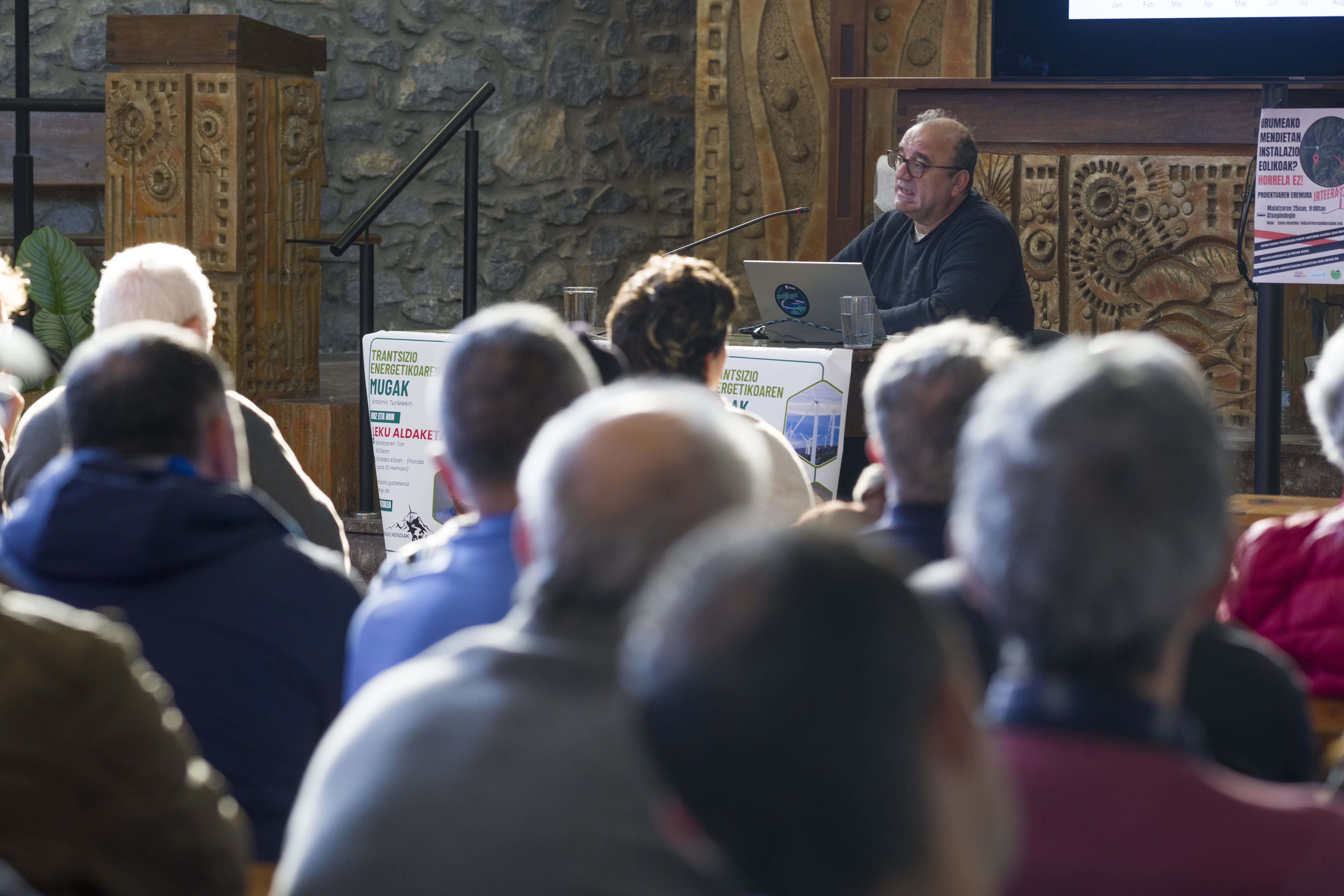

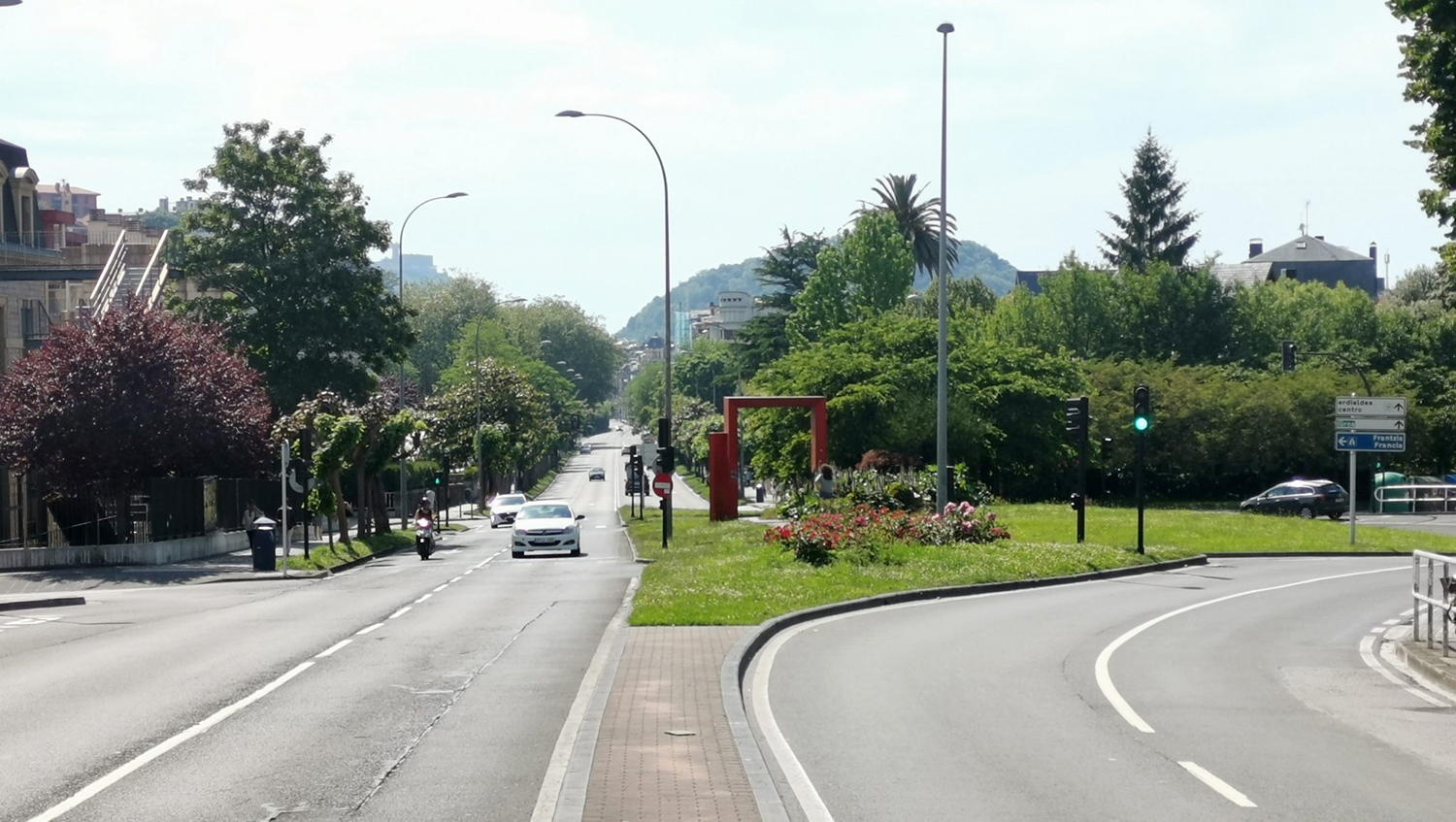





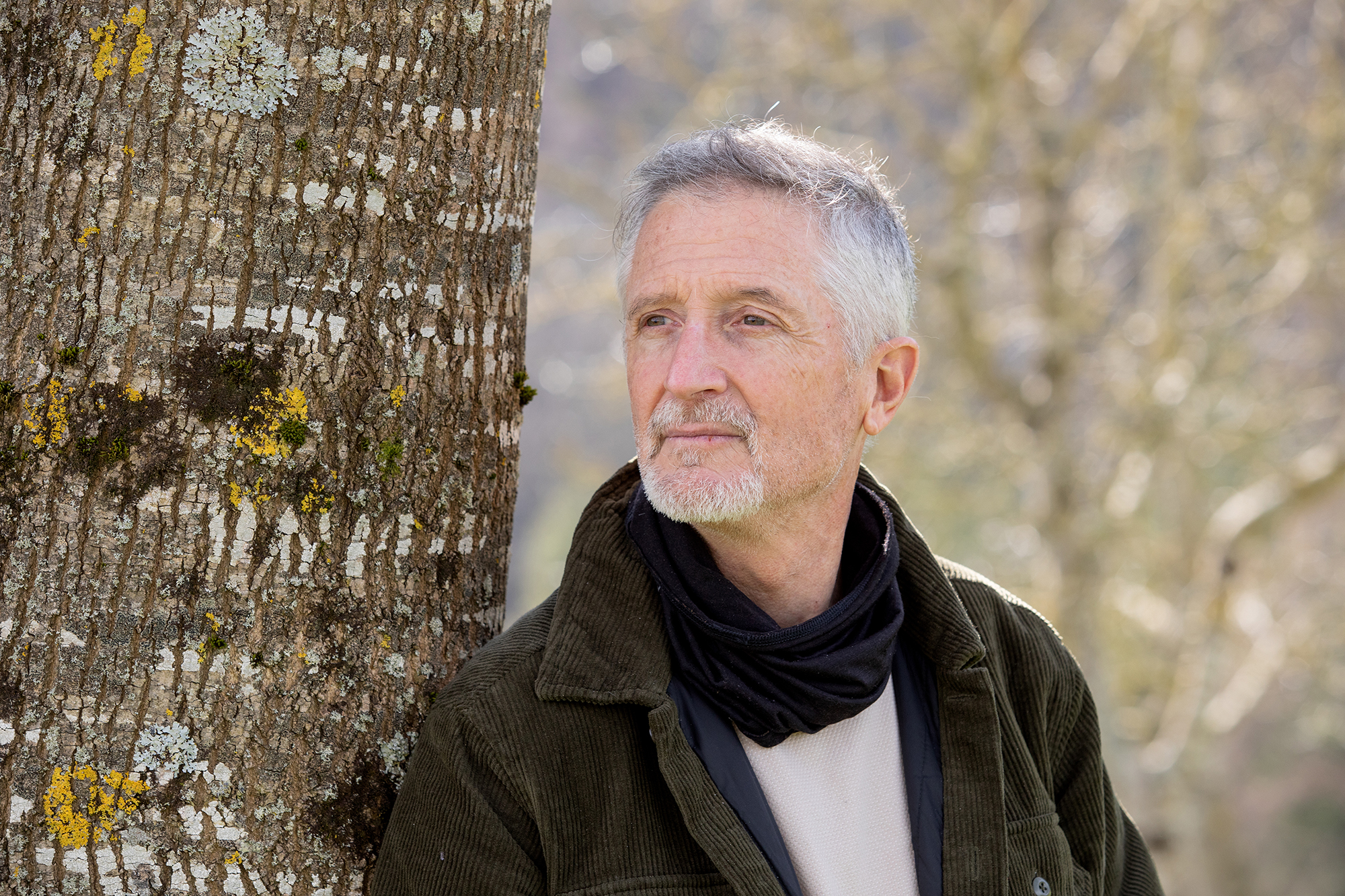
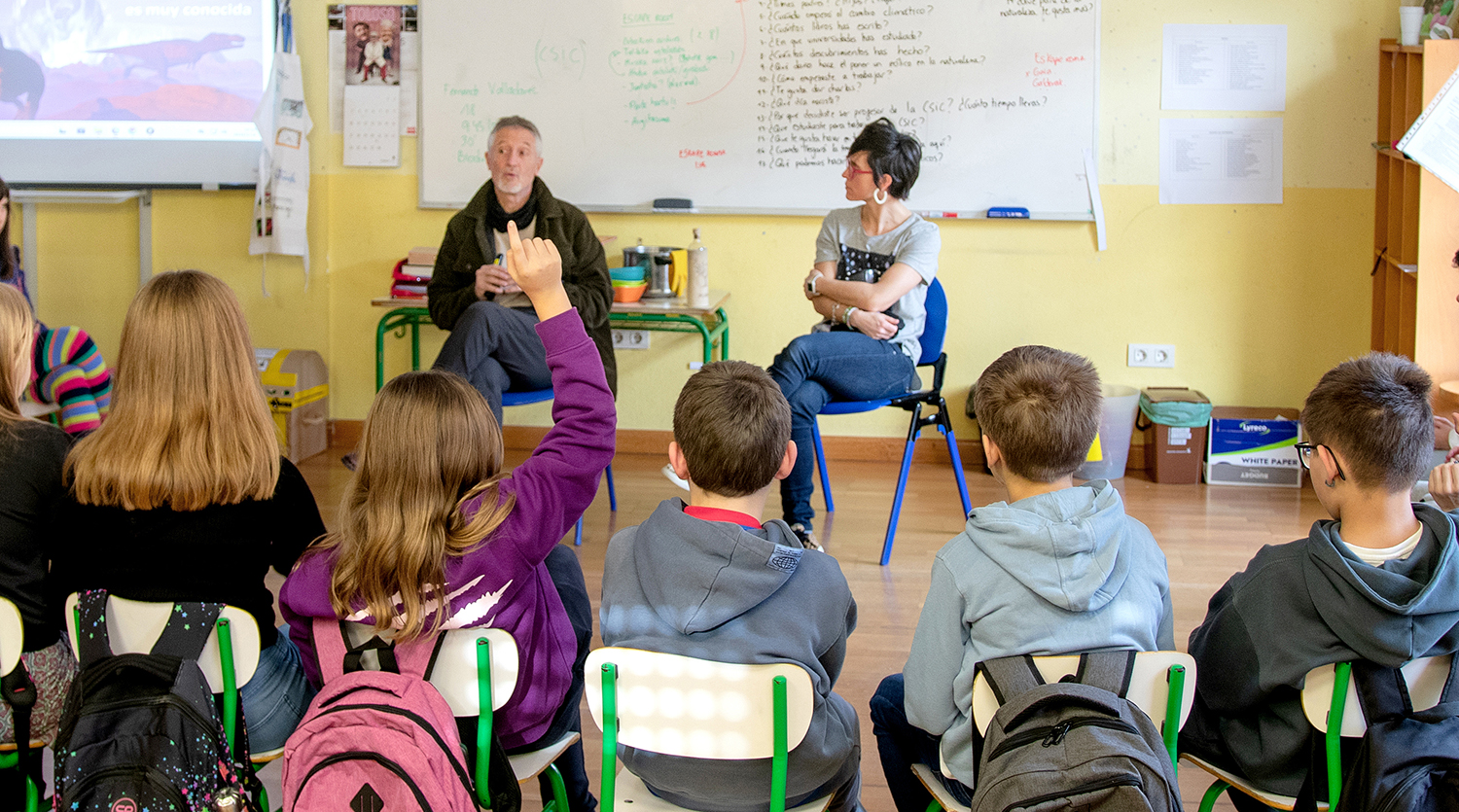

_Glaciar.png)